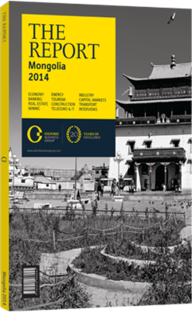This chapter includes the following articles.
Energy

Despite abundant reserves of coal and rich potential for wind, solar and hydroelectric power, Mongolia has lagged in exploiting its natural resources. From generation to transmission to distribution, the country’s power infrastructure is outdated, and reliance on foreign imports is growing. Aware of this, the government has been pushing to fast-track a range of projects that, if successful, should reduce the country’s dependence on any one supplier, and may in time sprout an industry in its own right. The state is now planning to upgrade its power distribution network, is trying to attract private investment to greenfield plants, and is gradually liberalising trade tariffs and creating new laws to spur exploration for crude oil. The state’s energy plan aims to reach 100% electrification by 2020, up from about 65% in 2013, despite the difficulty of spanning Mongolia’s huge, yet sparsely populated, landmass. Production of crude oil in the country’s two eastern blocks jumped from 2.2m barrels in 2010 to 3.9m in 2012, and is set to almost double in the medium term. Attracting private investment to new initiatives will be key to helping Mongolia develop its abundant natural resources – fossil fuel-based and renewable – into the energy it needs to reach its goals.
This chapter contains interviews with B. Unenbat, CEO, Newcom; John Lee, President & CEO, Prophecy Coal; and R. Batbayar, President, M. Oil.

